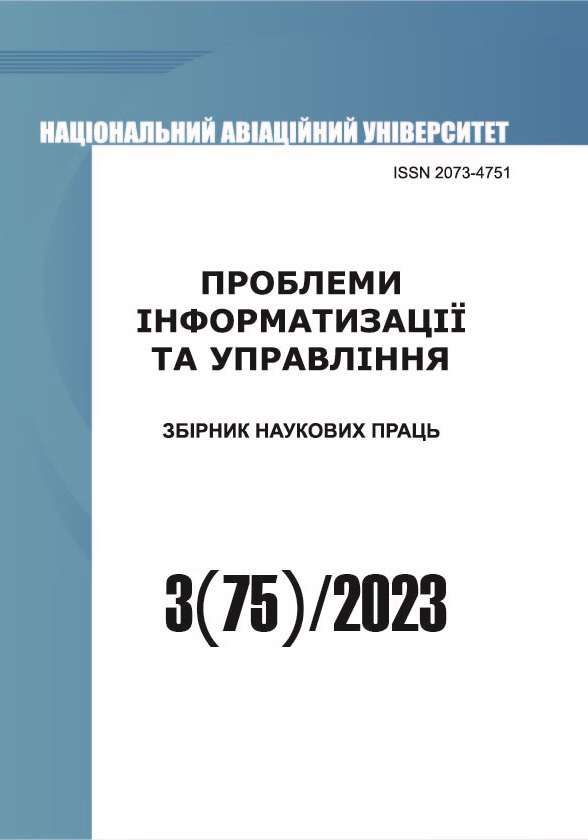Implementation of industrial internet of things technologies using Edge, Fog, and Cloud computing
DOI:
https://doi.org/10.18372/2073-4751.75.18012Keywords:
Industrial Internet of Things, IIoT, Edge computing, Fog computing, Cloud computingAbstract
Having superior features of productivity of the Industrial Internet technology of things used in the establishment of clever cities and clever villages, optimity, etc. increases the need to use it. The low-capacity of the physical resources of Iot-based sensors allows it to integrate into cloud technology. Cloud-based infrastructures are not sufficient for the existing requirements of the products of the products. The two main issues, in terms of reconciliation and network expansion limits arise. Also, the breaks of the Internet connection, the low conductivity, etc., as such problems, allow IIOT to integrate the "Fog Computing" and "Edge Computing" technologies. Taking into account the coverage and development of IIOT technology, it is believed that in many cases taking advantage of its full potential will be possible to combine clouds, fog and edge calculations. In this article, Industrial Internet technology of things, its integrated "Cloud", Fog ", Edge technologies are being investigated and differences between them, distribution-based approaches between levels are discussed.
References
Bellavista P., Foschini L., Scotece D. Converging Mobile Edge Computing, Fog Computing, and IoT Quality Requirements. 2017 IEEE 5th International Conference on Future Internet of Things and Cloud (FiCloud) / Prague, 2017. P. 313–320.
Bittencourt L.F., Diaz-Montes J., Buyya R., Rana O.F., Parashar M. Mobility-aware application scheduling in fog computing. IEEE Cloud Computing. 2017. Vol. 4. Iss. 2. P. 26–35.
Yi S., Hao Z., Qin Z., Li Q. Fog computing: Platform and applications. 2015 Third IEEE Workshop on Hot Topics in Web Systems and Technologies (HotWeb) / Wasington, DC, 2015. P. 73–78.
Hu P., Dhelim S., Ning H., Qiu T. Survey on fog computing: architecture, key technologies, applications and open issues. Journal of Network and Computer Applications. 2017. V. 98. P. 27–42.
Vilalta R., Lopez V., Giorgetti A., et al. Telcofog: A unified flexible fog and cloud computing architecture for 5g networks. IEEE Communications Magazine. 2017. V. 55. Iss. 8. P. 36–43.
Pinedo M.L. Scheduling: theory, algorithms, and systems. Springer, 2016. 690 p.
Downloads
Published
Issue
Section
License
Автори, які публікуються у цьому журналі, погоджуються з наступними умовами:- Автори залишають за собою право на авторство своєї роботи та передають журналу право першої публікації цієї роботи на умовах ліцензії Creative Commons Attribution License, котра дозволяє іншим особам вільно розповсюджувати опубліковану роботу з обов'язковим посиланням на авторів оригінальної роботи та першу публікацію роботи у цьому журналі.
- Автори мають право укладати самостійні додаткові угоди щодо неексклюзивного розповсюдження роботи у тому вигляді, в якому вона була опублікована цим журналом (наприклад, розміщувати роботу в електронному сховищі установи або публікувати у складі монографії), за умови збереження посилання на першу публікацію роботи у цьому журналі.
- Політика журналу дозволяє і заохочує розміщення авторами в мережі Інтернет (наприклад, у сховищах установ або на особистих веб-сайтах) рукопису роботи, як до подання цього рукопису до редакції, так і під час його редакційного опрацювання, оскільки це сприяє виникненню продуктивної наукової дискусії та позитивно позначається на оперативності та динаміці цитування опублікованої роботи (див. The Effect of Open Access).


